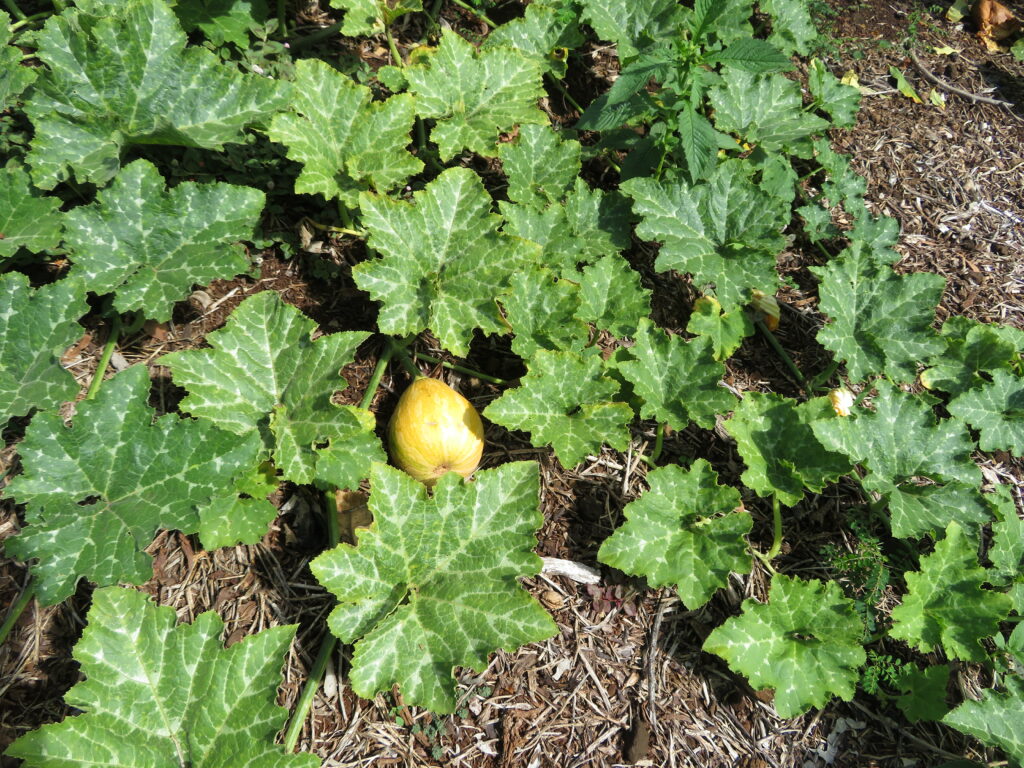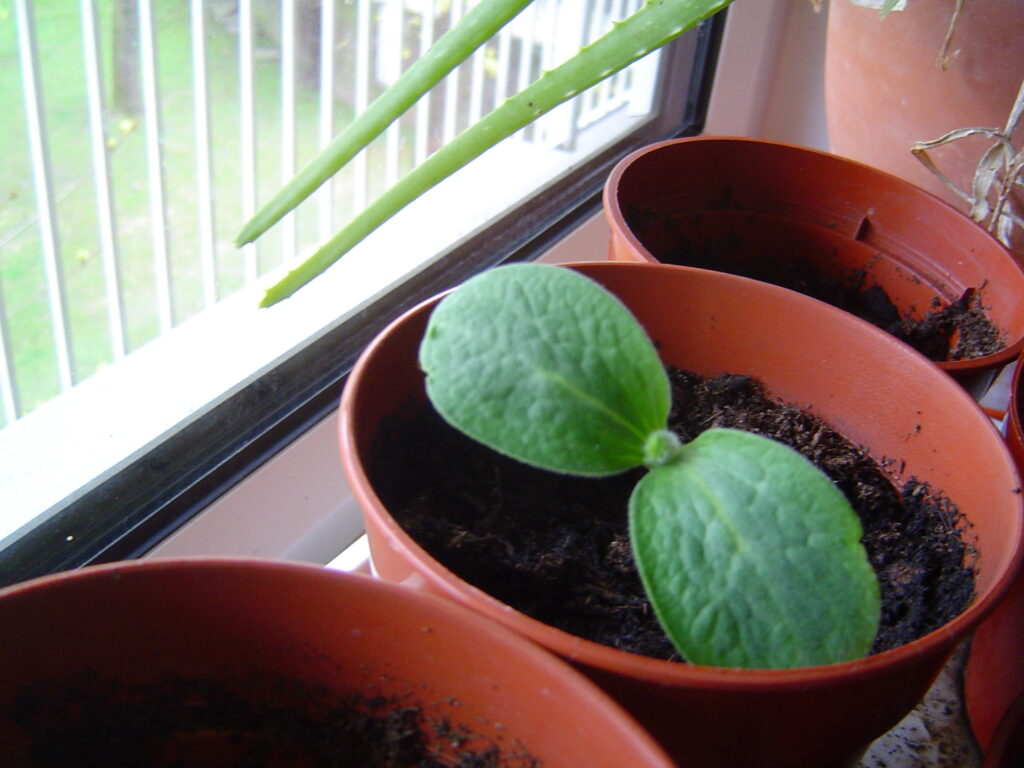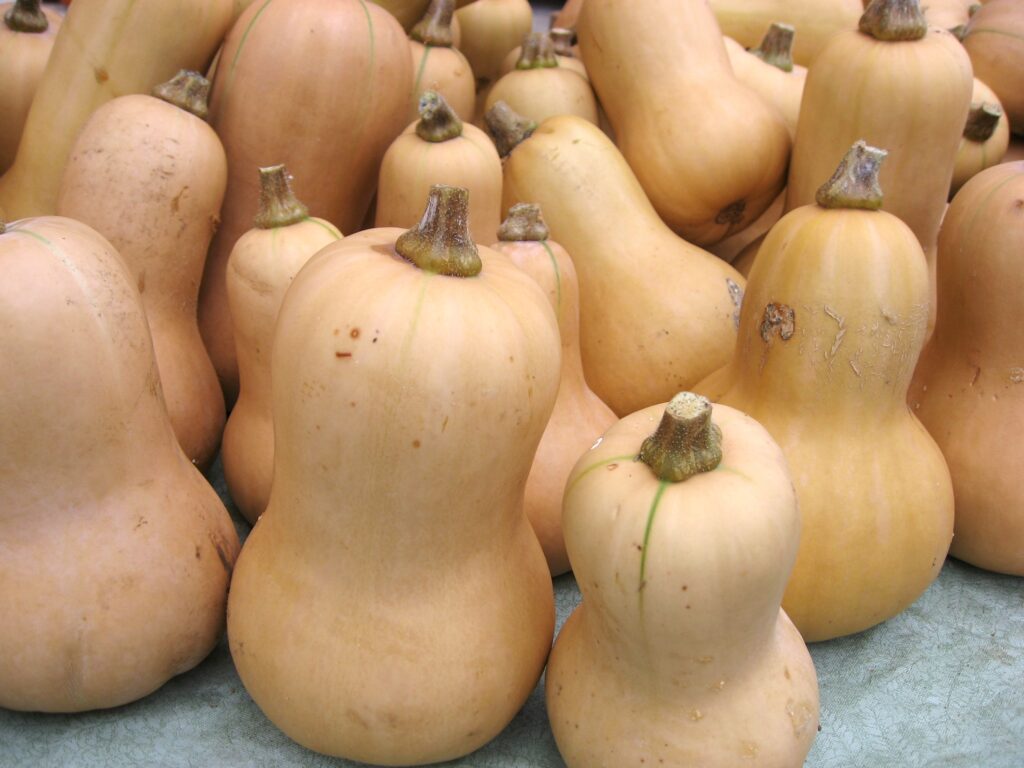Butternut Squash
go.ncsu.edu/readext?798318
en Español / em Português
El inglés es el idioma de control de esta página. En la medida en que haya algún conflicto entre la traducción al inglés y la traducción, el inglés prevalece.
Al hacer clic en el enlace de traducción se activa un servicio de traducción gratuito para convertir la página al español. Al igual que con cualquier traducción por Internet, la conversión no es sensible al contexto y puede que no traduzca el texto en su significado original. NC State Extension no garantiza la exactitud del texto traducido. Por favor, tenga en cuenta que algunas aplicaciones y/o servicios pueden no funcionar como se espera cuando se traducen.
Português
Inglês é o idioma de controle desta página. Na medida que haja algum conflito entre o texto original em Inglês e a tradução, o Inglês prevalece.
Ao clicar no link de tradução, um serviço gratuito de tradução será ativado para converter a página para o Português. Como em qualquer tradução pela internet, a conversão não é sensivel ao contexto e pode não ocorrer a tradução para o significado orginal. O serviço de Extensão da Carolina do Norte (NC State Extension) não garante a exatidão do texto traduzido. Por favor, observe que algumas funções ou serviços podem não funcionar como esperado após a tradução.
English
English is the controlling language of this page. To the extent there is any conflict between the English text and the translation, English controls.
Clicking on the translation link activates a free translation service to convert the page to Spanish. As with any Internet translation, the conversion is not context-sensitive and may not translate the text to its original meaning. NC State Extension does not guarantee the accuracy of the translated text. Please note that some applications and/or services may not function as expected when translated.
Collapse ▲Historically, breeders focused on the needs of commercial farmers to maximize the number of squash per plant, the size of the fruit, ability to ship, and shelf life. Their goal was to maximize production. Gardeners can prioritize other features like the fruit quality, nutrient value, flavor, plant size, etc. Travis Birdsell, County Director in Ashe County and an expert on Butternut Squash, shared these suggestions for home and community gardeners interested in growing Butternut Squash:
RECOMMENDED VARIETIES:
- Select varieties that yield 1.5 to 2.0-pound fruit.
- Betternut 900
- Butterfly (smaller plant size, does well in all environments)
- Butterscotch (very sweet)
- Honeynut (the pinnacle butternut squash for flavor and nutrition, does well in warm climates, you can pick and eat at peak ripeness so plant Honeynut with one of the other squash varieties to prolong the season. You can eat your Honeynut squash first while harvesting and storing your other variety to eat later)
- Metro (may be productive even in less than ideal conditions)
- AVOID – Commercial varieties like Quantum and Polaris which each have vines that grow to 40 ft.
At maturity, one half cup of any of these varieties will provide at least 50% of the recommended daily allowance of vitamin A.
HARVEST: When immature, the fruit is a pale peach color and by 5 weeks it is a deep, rich orange. The fruit color correlates to the nutritional value – the darker the color, the more nutritious.

Nutritional Value (indicated by the color of the fruit) as a function of fruit age, Image by Travis Birdsell
STORAGE: Storing the fruit for 5 weeks after harvest maximizes the nutrient value, except for Honeynut squash which can be eaten immediately after harvest.





